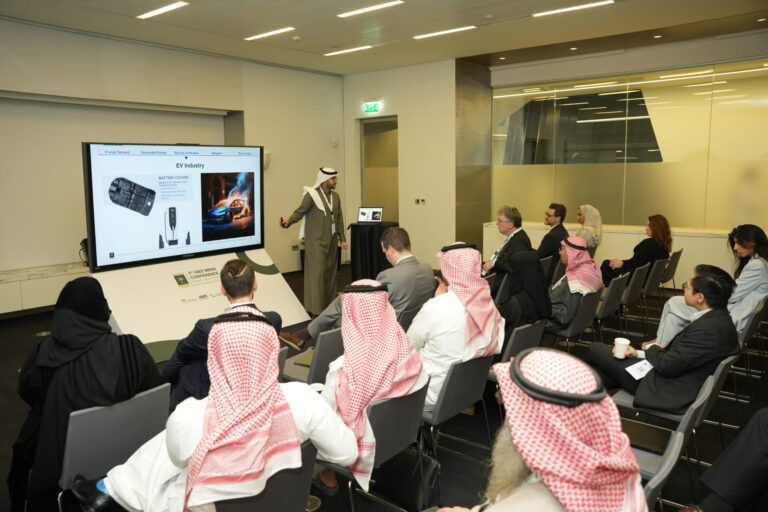In 2019, the global gas market saw a groundbreaking new product: carbon-neutral liquefied natural gas (LNG). It was marketed as environmentally friendly, with carbon offset schemes used to compensate for emissions created during production, delivery and sometimes consumption. However, by 2022, the buzz around carbon-neutral LNG had faded after being heavily criticized by the media and stakeholders as a form of greenwashing.
Now, in an attempt to provide consumers with a transparent assessment, KAPSARC’s Zlata Sergeeva and Colin Ward conducted an in-depth analysis of the costs and potential effectiveness of carbon capture, utilization and storage (CCUS) technologies for decarbonizing LNG.
“In recent years, we’ve seen various carbon neutrality pledges coming from industry participants, but these are not always supported by real decarbonization measures,” says Sergeeva. “Understanding how companies can contribute to actual decarbonization and its associated costs is vital.”
While carbon-neutral LNG deliveries have continued into 2024, these have not been officially announced by the companies or consumers involved. This lack of transparency creates issues with trust. Sergeeva and Ward suggest the best way for LNG producers to regain trust is to introduce transparent industry-wide emissions measurements and demonstrate their investment in real decarbonization technologies.
“Implementing measures such as CCUS is highly capital-intensive. Energy producers need guarantees that the demand for decarbonized hydrocarbons will remain for long enough to recover their investment,” says Ward.
To assess the feasibility and cost of CCUS in LNG decarbonization, the team analyzed data from five key exporting countries: Algeria, Australia, Russia, Qatar and the United States.
Their analysis revealed that exploration, production and liquefaction, collectively known as the upstream phase, account for 21% of total emissions. Given that this upstream step often occurs at a single production site, implementing CCUS technologies there would be considerably more cost-effective than at other points in the supply chain.
“Deploying CCUS in certain countries, including the Middle East, will likely cost 50% less than in other countries due to differences in taxes, regulations, electricity and labor costs,” says Sergeeva. “Existing infrastructure and labor skill sets can be leveraged, together with cross-industrial collaboration.”
“Considering Qatar is already a major LNG provider, and several other Gulf Cooperation Council nations are planning on increasing their production, this study highlights that carbon-neutral LNG and CCUS could be a good market niche for new players in the Middle East to focus on,” concludes Ward.
Reference
1. Sergeeva, Z. & Ward, C. Carbon capture, utilization and storage (CCUS): Solutions to decarbonize LNG: Where, why and how much? KAPSARC Publication (2024) | Article




